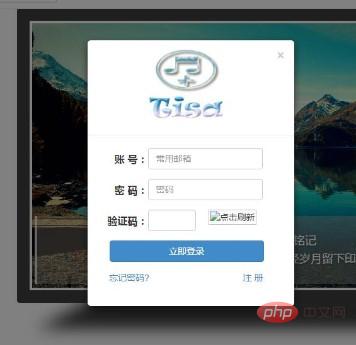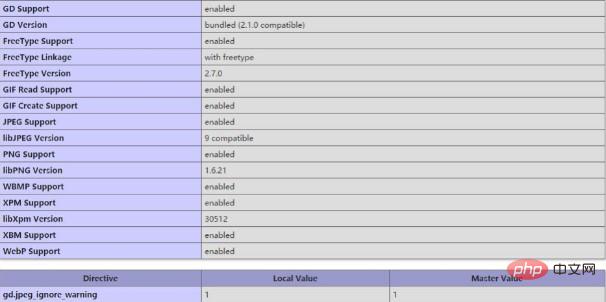

Question:

##Error one:
The most basic mistake is that you probably forget to install the gd module in php. In the window environment, you only need to find this in the php.ini file:;extension=php_gd2.dll

sudo apt-get install php5-gd
Error 2:
If you find that it still doesn’t work after going through the above installation, then the following problem may be the problem. Your code is most likely edited using a text editor like editpuls or notepad, then their default encoding format is utf-8 with BOM. UTF-8 BOM is also called UTF-8 signature. In fact, UTF-8 BOM has no effect on UFT-8. It is added to support UTF-16 and UTF-32. The meaning of BOM signature is to tell the editor the current file. Which encoding is used is convenient for the editor to identify, but although the BOM is not displayed in the editor, it will produce output, just like an extra blank line. Generally I use UTF-8 BOM-free format, so you need to change the encoding format of the code to BOM-free format.Mistake Three:
If you go through the above two steps and find that it still doesn’t work, then you have to use your trump card. Use ob_clean() to clear the cache. The function of ob_clean is to discard the contents of the output buffer. If you have many generated image files, you must clear the buffer frequently if you want to access them correctly. public function create()
{
ob_clean();
$a = new verify();
session::set('captcha', strtolower($a->create(4, 15)));
view::assign("captcha", $a);
view::display("captcha");
exit(0);
}Note:
If you use a higher PHP version, you cannot use undefined variables, otherwise notice errors will be reported, $new_number and $_SESSION[' check_checks'] must be judged with isset before use, or if you use old code, add error_reporting(E_ALL & ~E_NOTICE) at the beginning; to block notice errors (not recommended), so use isset() to judge to ensure It is defined, otherwise the verification code may not be displayed. Recommended tutorial:The above is the detailed content of PHP image verification code does not display. For more information, please follow other related articles on the PHP Chinese website!
 How to modify the text in the picture
How to modify the text in the picture
 How to open php file
How to open php file
 How to remove the first few elements of an array in php
How to remove the first few elements of an array in php
 What to do if php deserialization fails
What to do if php deserialization fails
 What are the methods to prevent crawlers?
What are the methods to prevent crawlers?
 How to connect php to mssql database
How to connect php to mssql database
 How to connect php to mssql database
How to connect php to mssql database
 What to do if the embedded image is not displayed completely
What to do if the embedded image is not displayed completely